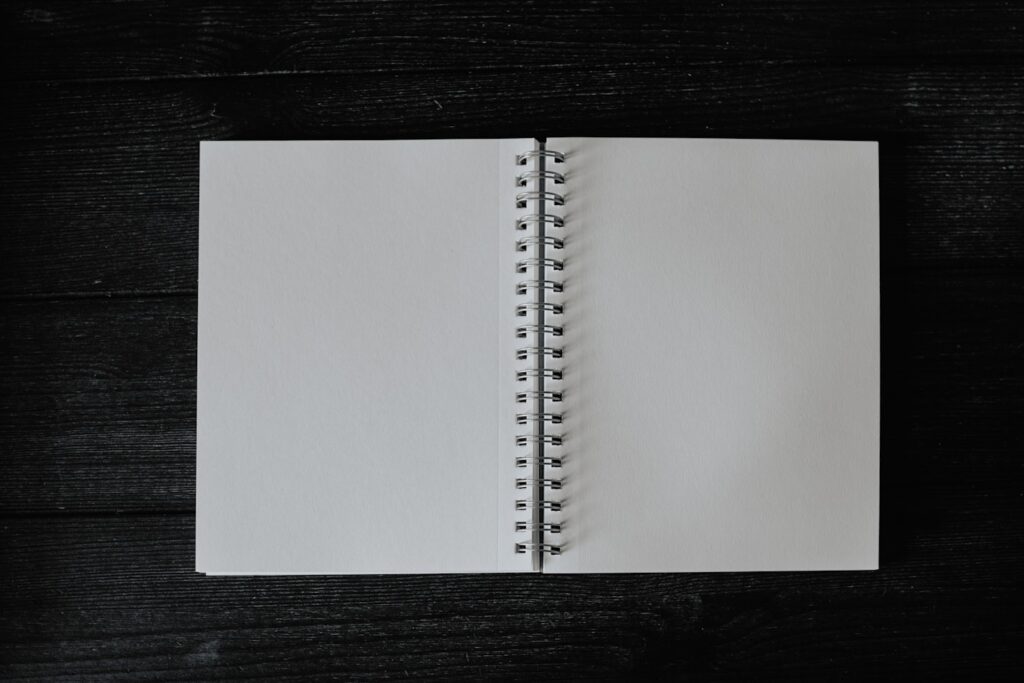In a world where everything demands your attention—emails, messages, meetings, side-projects—having no plan is a fast track to feeling overwhelmed and accomplishing little. That’s where scheduling your tasks in a diary (physical or digital) becomes a game-changer. When you map out what needs to be done and when, you bring structure into your day. It reduces decision fatigue (“What should I do now?”) and gives you a clear path forward.
Here’s how to make it work: each morning (or the night before) list your tasks. Prioritize them: “must do today”, “should do”, “nice-to-do”. Assign time slots if possible. Include breaks and buffer time for the unexpected. When the tasks go into your diary, they transform from vague intentions into commitments.
Benefits? Better productivity, lower stress, stronger habits. You’ll find yourself doing more of what matters and less of what distracts.
In short: treat your diary not just as a “to‐do list” but as your day’s blueprint. You’ll reclaim control, and the chaos will dim a little.
Sometimes, the simplest moments hold the deepest wisdom. Let your thoughts settle, and clarity will find you. Use this quote space to share something inspirational or reflective, perfectly aligned with the theme of your article.


As you move toward the midpoint of the article, this paragraph provides an opportunity to connect earlier ideas with new insights. Use this space to present alternative perspectives or address potential questions readers might have. Strike a balance between depth and readability, ensuring the information remains digestible. This section can also serve as a transition to the closing points, maintaining momentum as you steer the discussion to its final stages.
Wrapping Up with Key Insights
In this concluding paragraph, summarize the key takeaways from your article, reinforcing the most important ideas discussed. Encourage readers to reflect on the insights shared, or offer actionable advice they can apply in their own lives. This is your chance to leave a lasting impression, so make sure your closing thoughts are impactful and memorable. A strong conclusion not only ties the article together but also inspires readers to engage further.

